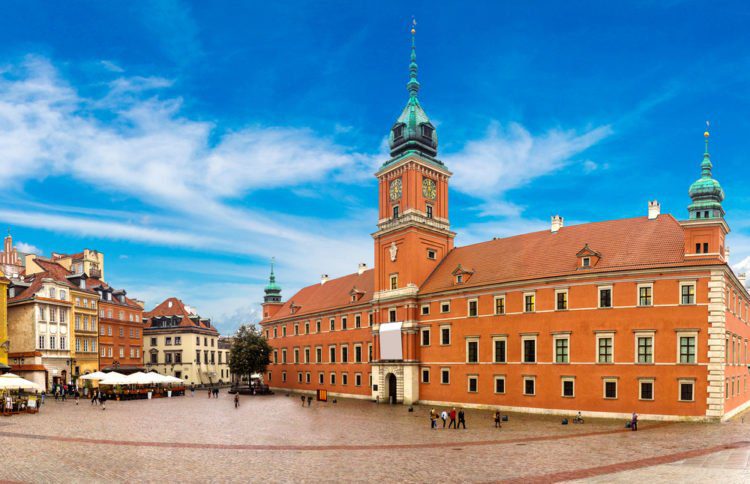Warsaw museums are quite unusual. During World War II, the city was destroyed and looted, with treasures taken away. Only a small part could be returned after liberation. However, the Poles worked meticulously, restoring the lost treasures piece by piece. The historical center’s buildings had to be reconstructed, and some even built anew. But the result exceeded the boldest expectations: the old times came to life in the new halls.
National Museum

The exhibition welcomed its first visitors in 1862. The organizers managed to compile the exhibition from private collections donated by patrons or artifacts acquired specifically for the opening center.
The exhibits cover various fields:
- A collection of paintings by Polish and foreign artists
- Early Christian artifacts
- Archaeological finds
- Medieval jewelry
- Unique furniture, clothing, household items
- Photography and graphics reflecting Polish life
Unfortunately, the collection was looted during the German occupation. Some exhibits were returned, while others were lost forever. However, the halls are decorated with love for national culture, and the artifacts are interestingly arranged. The visit will be enjoyable for both children and adults.
Adam Mickiewicz Literary Museum
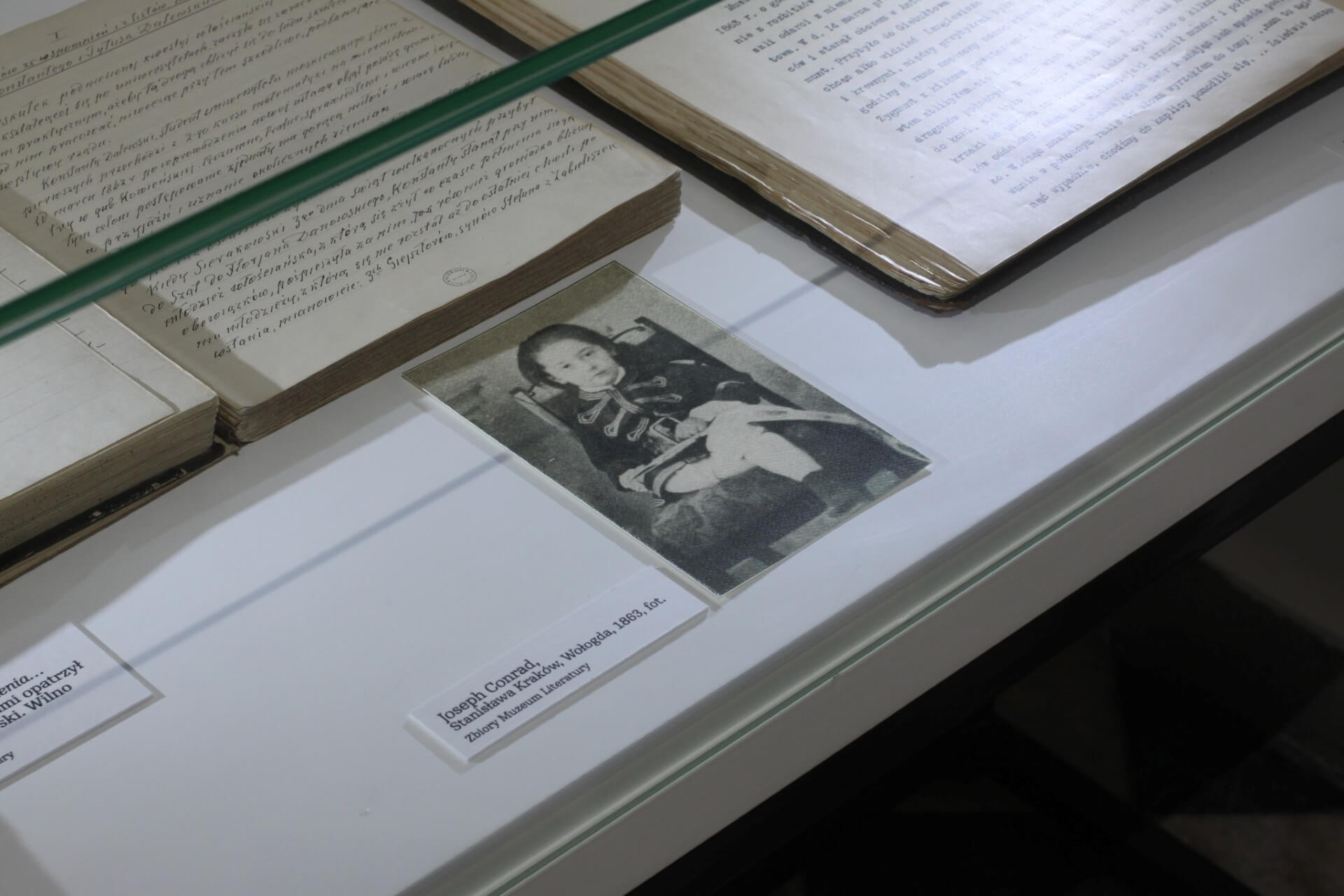
In 1948, an exhibition marking the 150th anniversary of Adam Mickiewicz’s birth, held at the National Museum, drew a large number of visitors. This event sparked the idea of creating a center dedicated to the Polish poet and publicist. Two buildings were allocated for the exhibition. The sources of the funds were Mickiewicz’s personal belongings, manuscripts, and letters. Relatives and close friends of the poet often contributed items. Sometimes artifacts arrived from abroad.
By 1962, two more buildings were allocated for the exhibition. However, the collection continued to grow:
- In 1974, the poet’s son, Joseph, donated Mickiewicz’s archive and some personal items
- In 1976, the publicist’s daughter, Maria, handed over the items she had
The center actively collaborates with foreign literary museums, organizing traveling exhibitions to introduce Polish poet Adam Mickiewicz to a broader audience.
Maria Skłodowska-Curie Museum
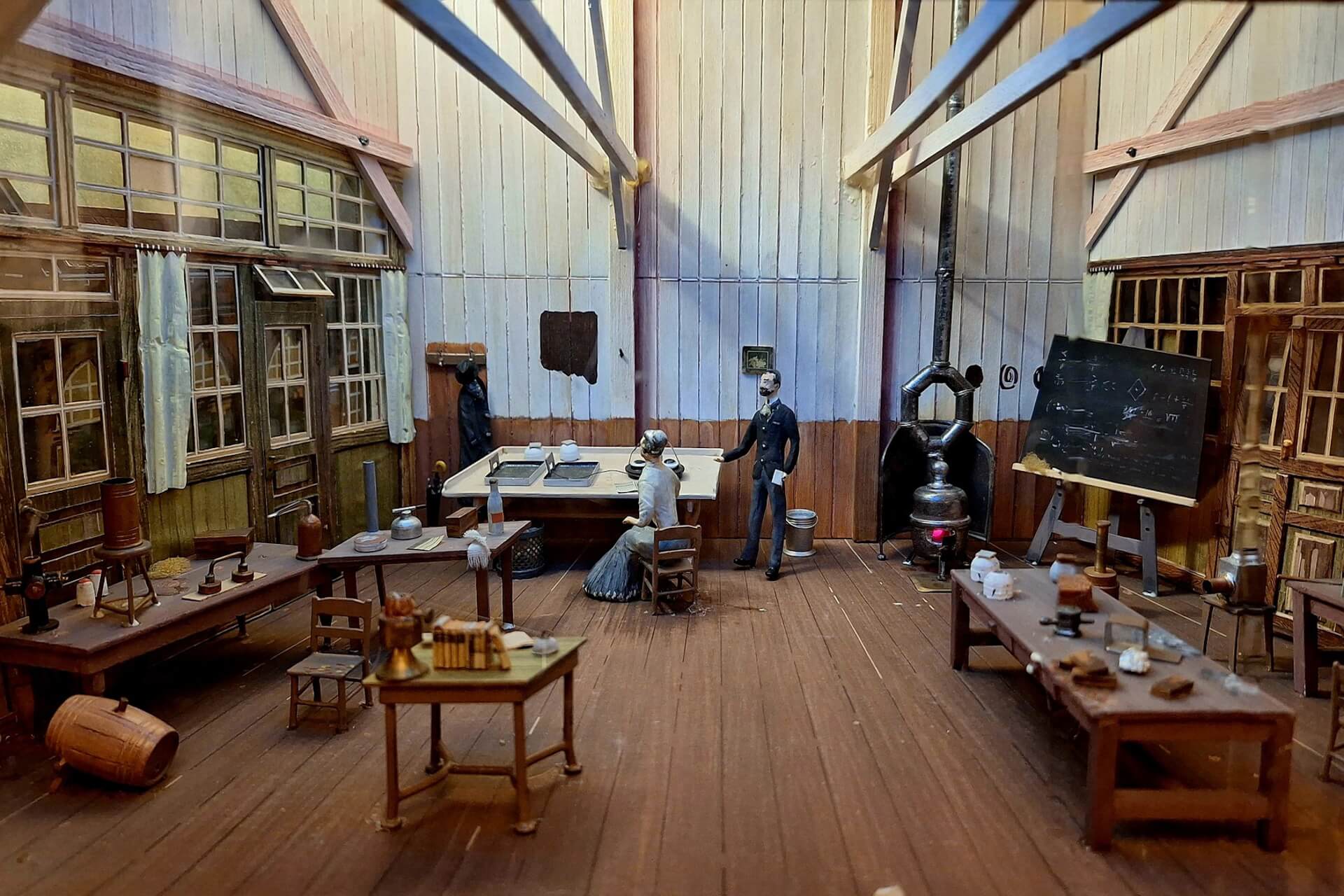
Organized for the 100th anniversary of Skłodowska-Curie’s birth by the Polish Chemical Society. Nine Nobel laureates attended the opening. The main exhibits were presented by the great chemist’s daughter (and biographer) Eve Curie. The exhibition tells about Maria’s work, her relationships with colleagues, and close people.
After Curie’s death, a commemorative plaque was attached to the house where she was born, located at 16 Freta Street, by grateful compatriots. After the defeat of the Warsaw Uprising in 1944, the Nazis demolished the house, but the plaque miraculously survived. After the city’s liberation, it was placed on the rebuilt house and later moved to its permanent location at 5 Freta Street.
The exhibition’s core consists of personal belongings, letters, photographs, and records of Maria and Pierre Curie. The collection includes a selection of films in Polish and foreign languages. A separate hall presents materials describing the scientists’ activities in France, participation in international organizations, and the founding of the Radium Institute in Warsaw.
Copernicus Science Centre

The complex will amaze even the most discerning tourist: here, you can independently create thunder and lightning, control cloud movements, and make it rain or snow. It offers visitors more than 400 interactive stations. The first exhibition was placed in the city center on the Vistula embankment. Later, the Planetarium and interactive laboratories were included. All this is located on an area of 2.2 hectares. The exhibitions leave no one indifferent as they cover all areas of human life.
Tourists either conduct experiments themselves or observe the staff. The most popular exhibitions include:
- Roots of Civilization: Discover how civilizations emerged and disappeared.
- Re: Generation: Created for the new generation, it explores psychological issues and manipulation techniques.
- Light Zone: Travel through the colors of the solar spectrum, resembling a bright digital show.
- Humans and the Environment: Dedicated to human biology and ecology, teaching people to treat themselves and the environment with care.
- World in Motion: Explores various forms of activity in living and non-living matter.
- Preschool Gallery: Resembles a well-equipped playground where everyone can play with the latest model robot.
This center is popular not only with tourists but also with Warsaw residents.
Royal Castle
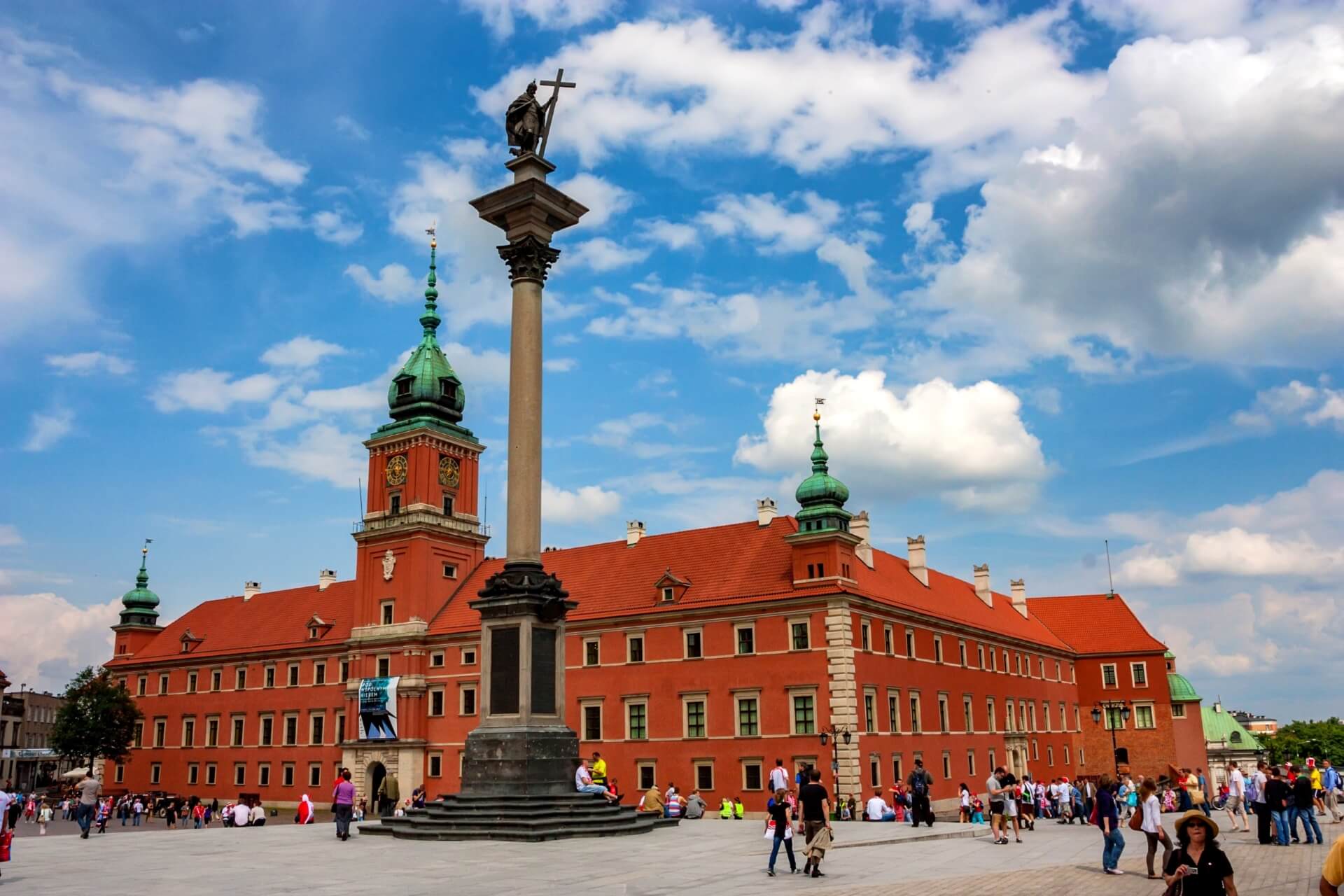
This is a reconstructed building: the original was completely destroyed during the Nazi occupation. In the 1980s, it was rebuilt on its original site. The work used surviving archives and amateur photographs to achieve a perfect resemblance to the original building and interiors.
However, some tourists believe that the restorers overdid it, making the castle look too new and fresh. Nonetheless, it is loved and valued by Warsaw residents as a restored object of national culture. After restoration, the complex houses a permanent exhibition of paintings, sculptures, furniture, and household items of the royal family. There are thematic exhibitions, concerts, and symposia. Unfortunately, not all exhibits have English labels, which complicates the viewing of artifacts.
Archaeological Museum
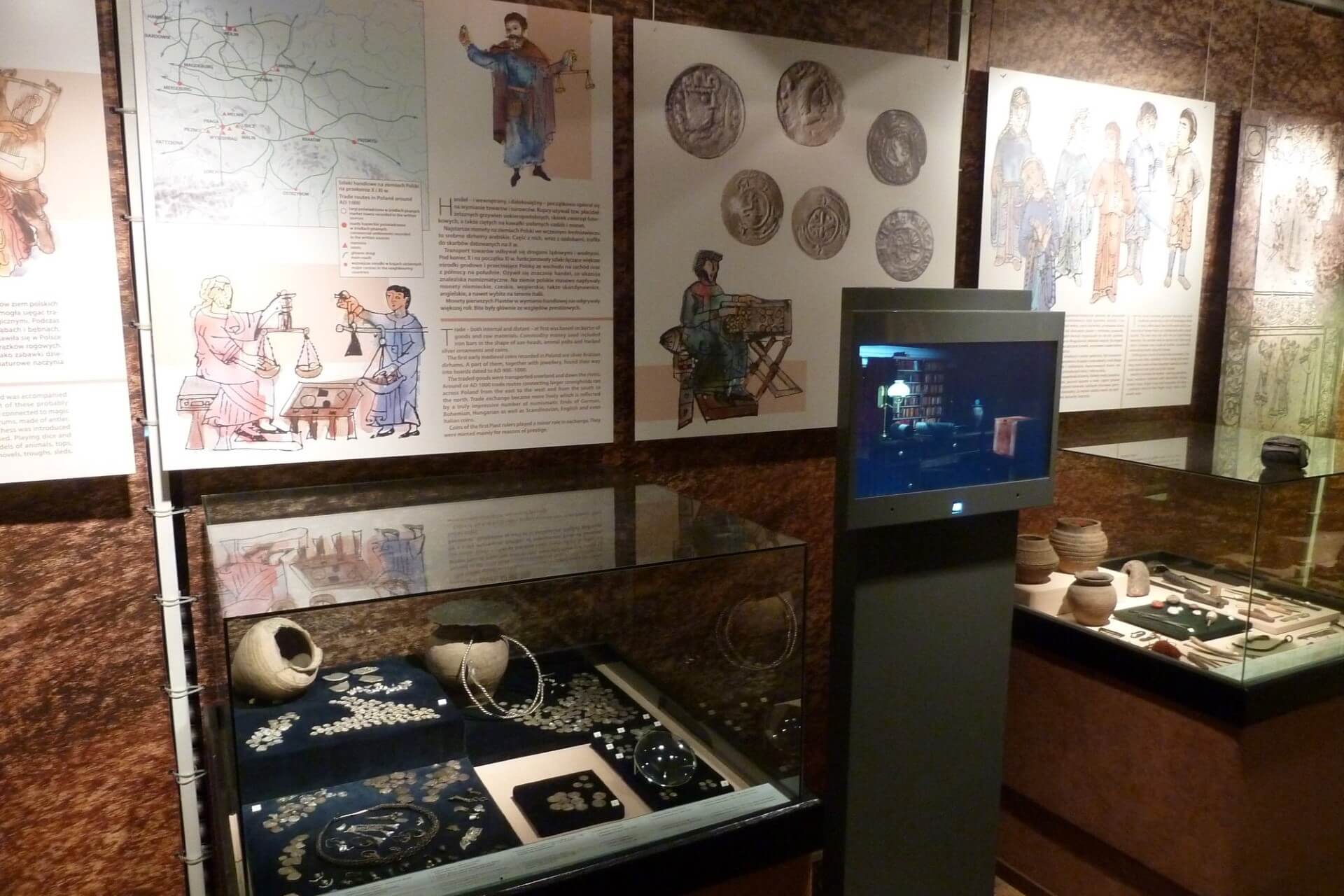
This ancient institution was founded in 1923. The initiators were the Ministry of Education and the Committee for Religious Affairs. Initially, the center focused on studying the ancient history of the territory where Poland is located.
The sources of the funds were:
- The private collection of Zygmunt Gloger
- Artifacts donated by Polish patrons
- Archaeological finds from fieldwork
- The funds of the Museum of Industry and Agriculture (no longer exists)
In 1945, the center expanded, incorporating the funds of the Erasmus Majewski Scientific Society and the Biskupin settlement. Besides permanent and thematic exhibitions, the center holds workshops where visitors can learn to weave, produce ceramics, and make glass and ceramic bead jewelry using ancient Polish technologies.
Erik Lipinski Caricature Museum
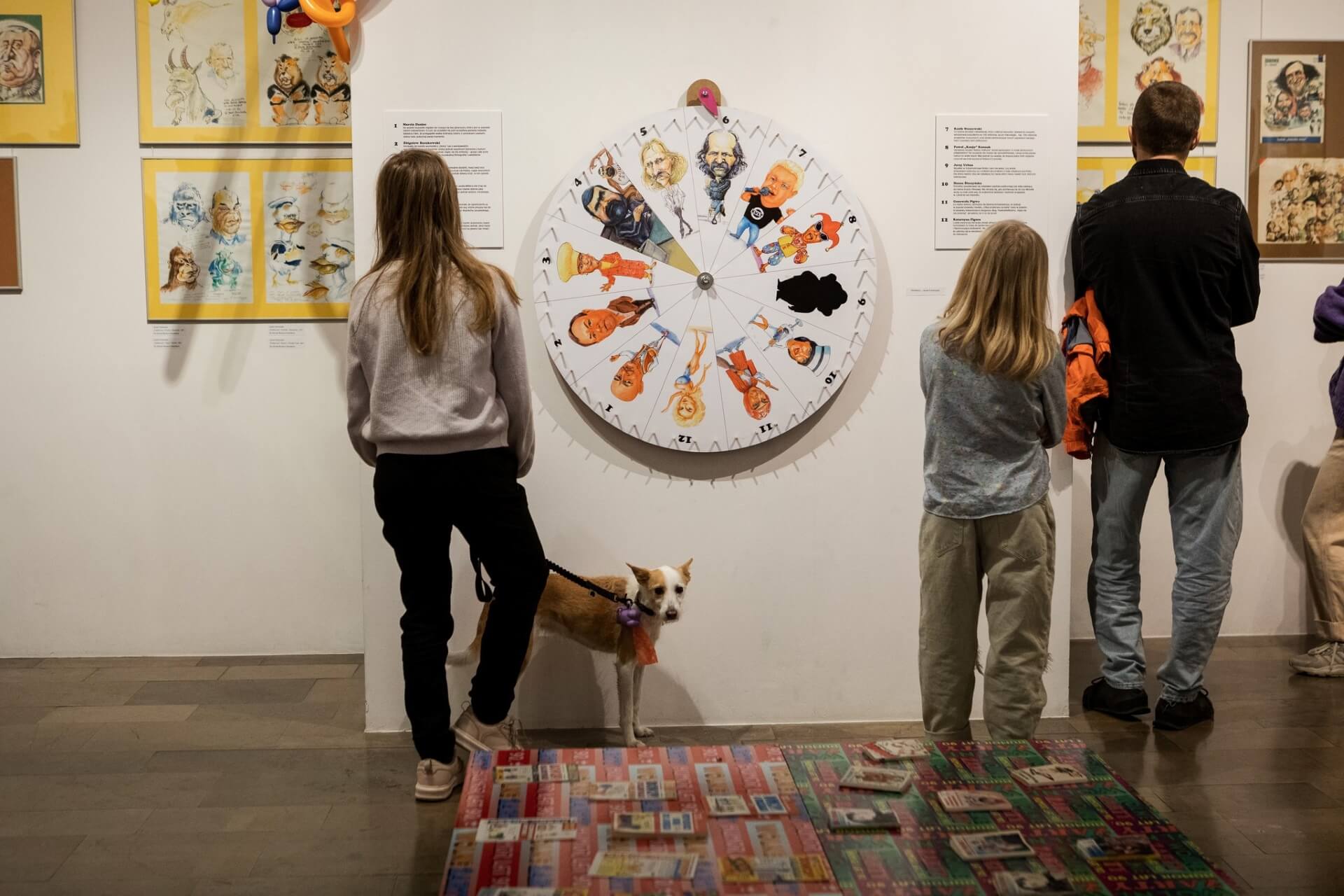
Artist Erik Lipinski founded this unique museum in 1978, with his archive and painting collection as the first funds.
Today, the exhibition consists of 25,000 items, including:
- Drawings
- Graphics
- Sculptures
- Caricatures by Kazimierz Sichulski
- Paintings
The museum exhibits works by both Polish and foreign authors, with artifacts dating back to the 18th century. Periodically, the complex displays part of the collection abroad and hosts thematic exhibitions at home. It also works with youth.
POLIN Museum of the History of Polish Jews
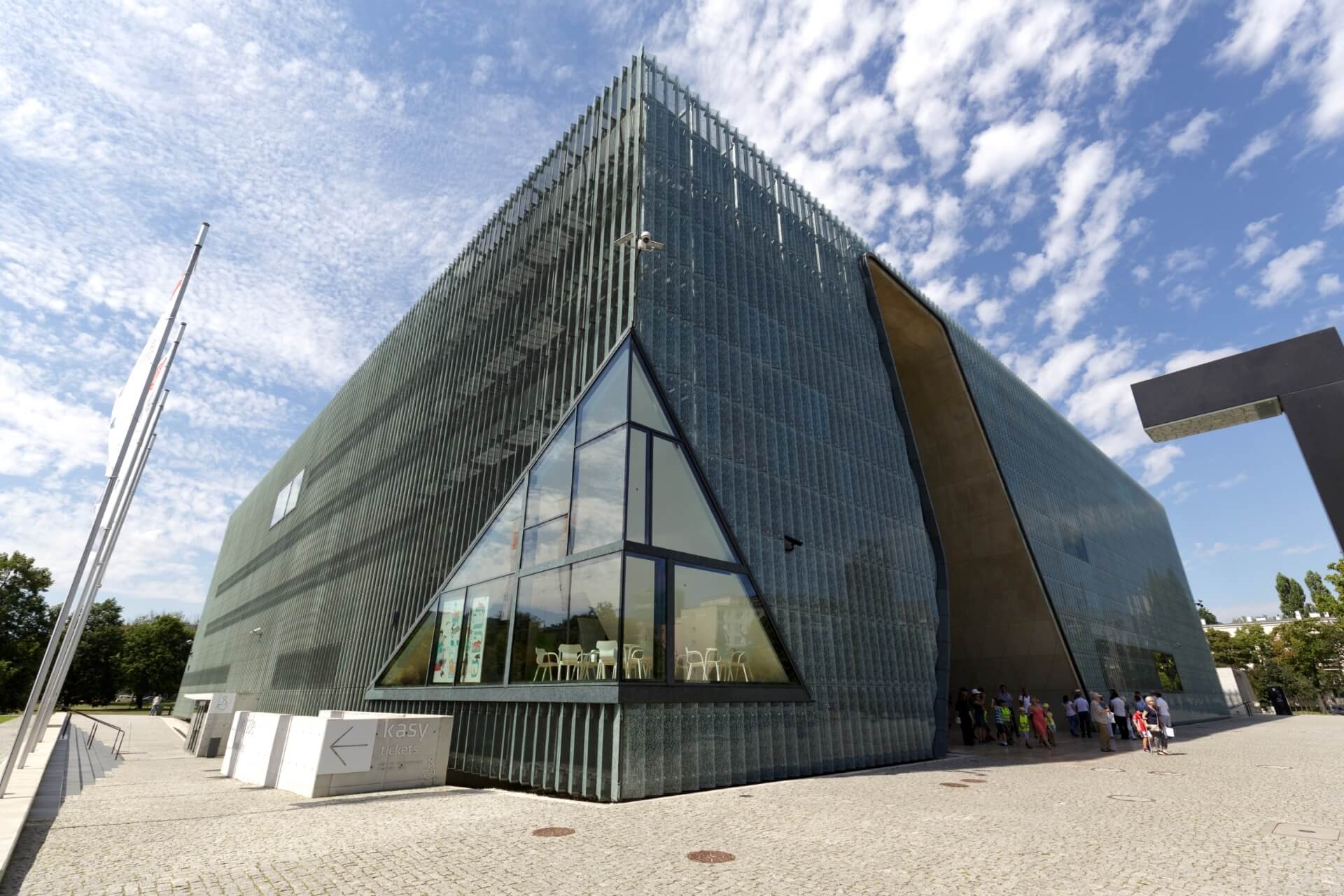
The word “Polin” translates from ancient Hebrew as “Poland.” Another interpretation is “here you can rest.” The exhibition covers a vast period from the first appearance of ancient people in the country to recent times. In 2016, it was named the best museum in Europe, competing with 48 contenders.
The award was given for the creative approach to illuminating the history of Polish Jews and Poles and the original concept of the building. The exhibition’s design combines documents, artifacts, and interactive screens. There is a 3D cinema where visitors can watch thematic films for a complete picture.
Historical moments of the ancient people are grouped into halls:
- The First Hall: The Forest creates the atmosphere of a bright forest in Poland, with light walls and birds singing, creating a peaceful atmosphere.
- First Contacts Hall
- Jewish Town Hall
- Jewish Paradise Hall: Reflects the people’s idea of happiness.
- Jewish Street: Transports visitors to an old street, where they can visit a pharmacy and look into shop windows.
- Holocaust Hall: The most terrifying hall, dark and uncomfortable. To exit, visitors must climb stairs with the names of Warsaw ghetto streets written on the steps.
The remaining halls show post-war recovery. The exhibition ends abruptly, as predicting the future is impossible.
Warsaw Uprising Museum
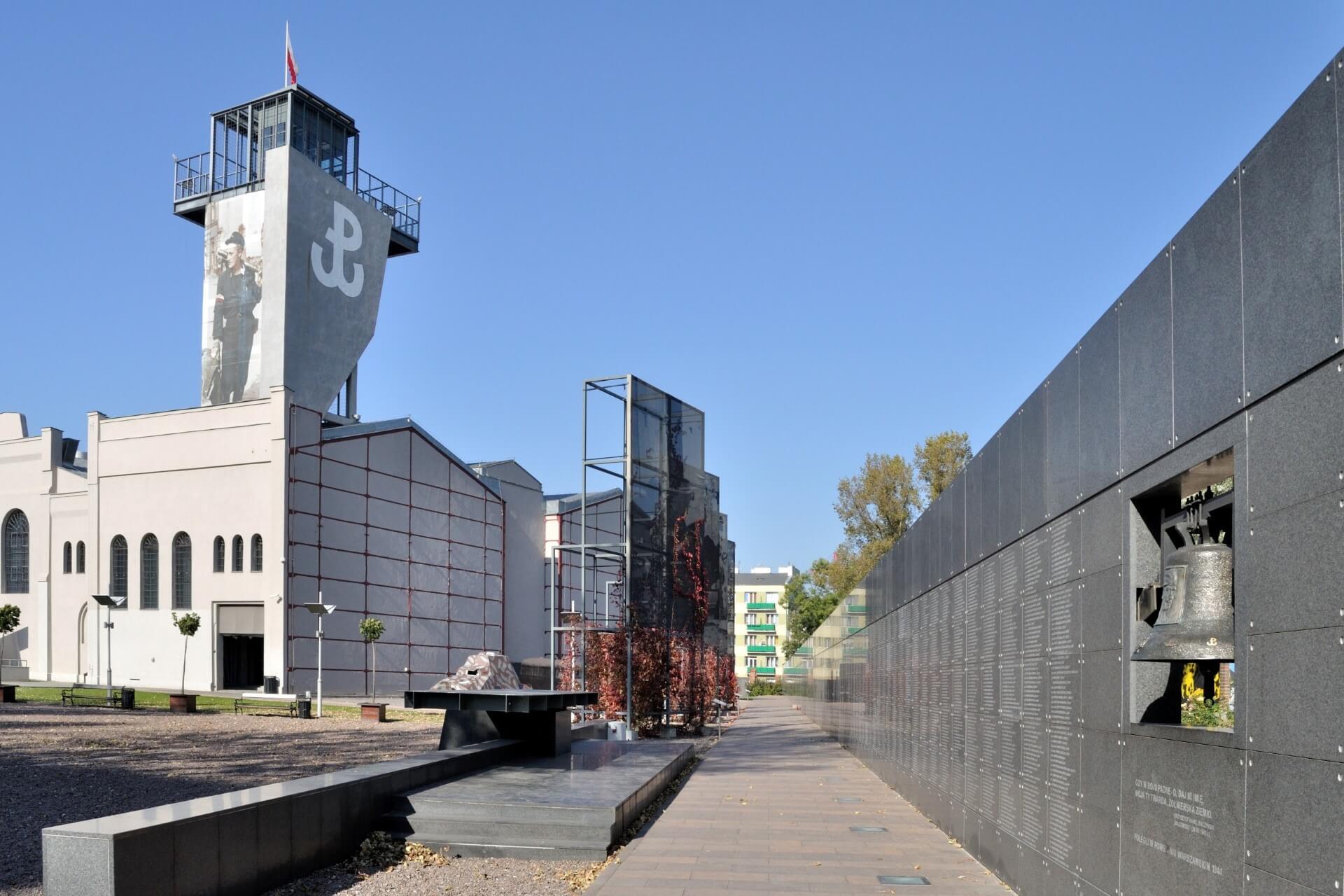
The exhibition reflects a sad yet heroic chapter in Warsaw’s history. In 1944, residents rose in a rebellion to free themselves from Nazi oppression. The bloody struggle lasted for 63 days. The insurgents hoped for help from the Soviet army, but such an operation was not in the command’s plans. Isolated, without military and food support, the insurgents were defeated. Repressions followed, with mass executions of surviving freedom fighters, and the city was almost entirely destroyed as punishment.
Residents raised the question of creating a memorial exhibition in the 1950s. However, only with Lech Wałęsa’s rise to power was a positive decision made. The exhibition was allocated a building of a tram depot from the early 20th century. The exhibitions are organized humanely: photographs of Nazi atrocities are hidden in recesses to prevent accidental viewing. The stands are placed high enough that children cannot see them.
An interesting exhibit is an English bomber assembled from found original parts. The use of light and sound creates the illusion of the machine being ready for takeoff. A popular film among guests is one edited from 1945 aerial photographs, showing the ruined city. The film is short but allows one to imagine the devastating sight of the destroyed city.
Museum of Modern Art

The exhibition is housed in a former furniture store, adding intrigue to the whole display. By organizing installations, the administration aimed to see if modern Polish art could integrate into other, even distant, fields. The exhibition of Andrzej Wróblewski’s paintings tells about the artist’s creative journey from admiration for socialist realism to self-expression.
Tired of viewing the whimsical combinations of exhibits, visitors can attend:
- A play
- A lecture
- A cinema
To organize a tour in Russian, call the administration 2-3 days in advance. Hungry guests can grab a bite at the café on the first floor, which serves excellent coffee.
Museum of Independence
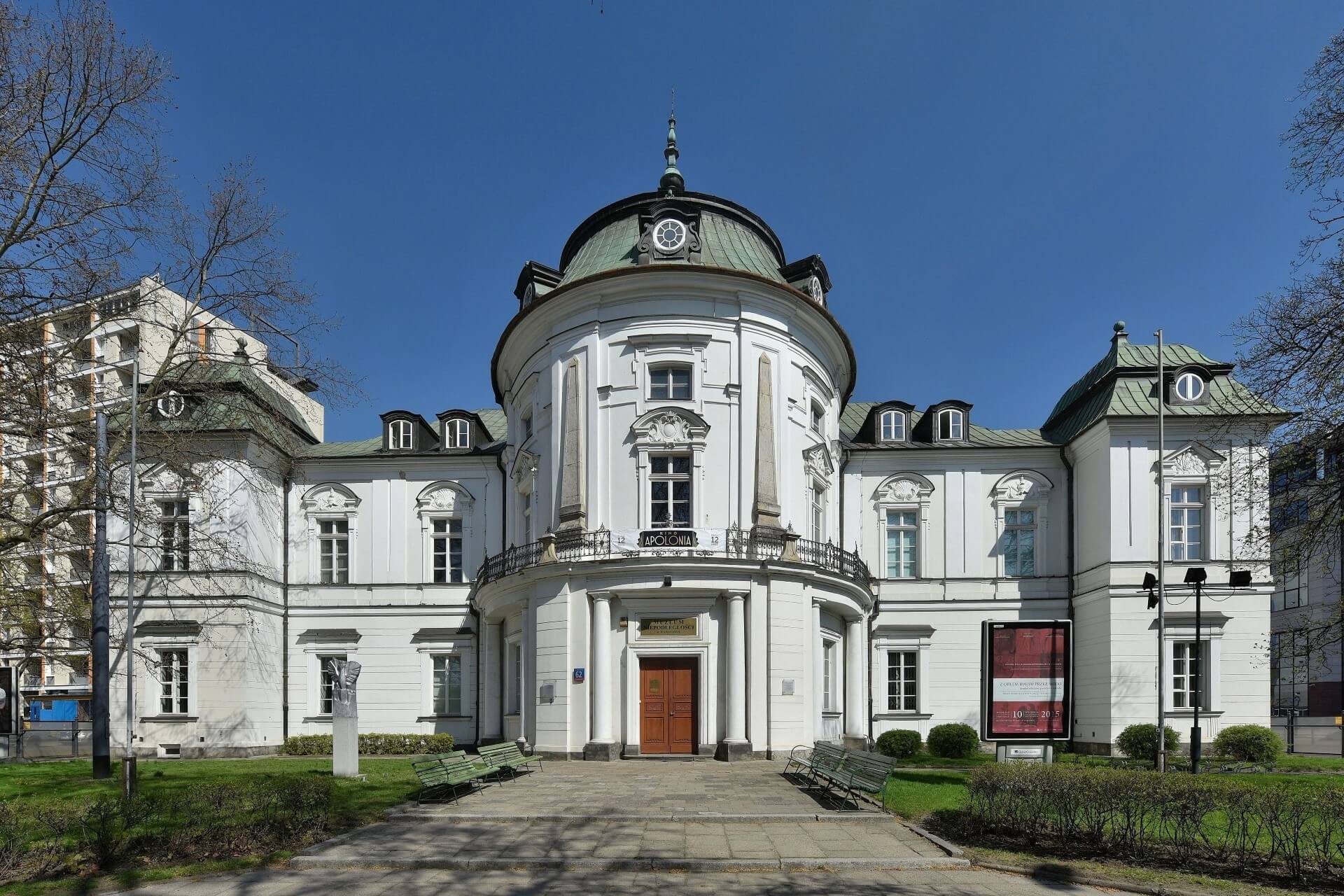
Until 1990, the building belonging to the Radziwiłł family housed the museum of V.I. Lenin. In 1990, the Polish authorities decided to hand over the mansion to the newly created Museum of Independence. The organizers aimed to reflect all stages of the country’s struggle for independence in the exhibition.
Tourists can visit departments such as:
- The Mausoleum of Struggle and Martyrdom
- An exhibition dedicated to the Pawiak prison
- Pavilion X of the Warsaw Citadel
Since 1992, the complex has been recognized as a national cultural center. Lectures and film screenings are held here, and several exhibitions are always open:
- The emergence and development of the Polish coat of arms
- The establishment of borders and the struggle for state independence (from 1914 to 1921)
- Polish opposition (from 1945 to 1989)
The visit will interest those studying the history of countries neighboring Russia.
National Museum of Ethnography
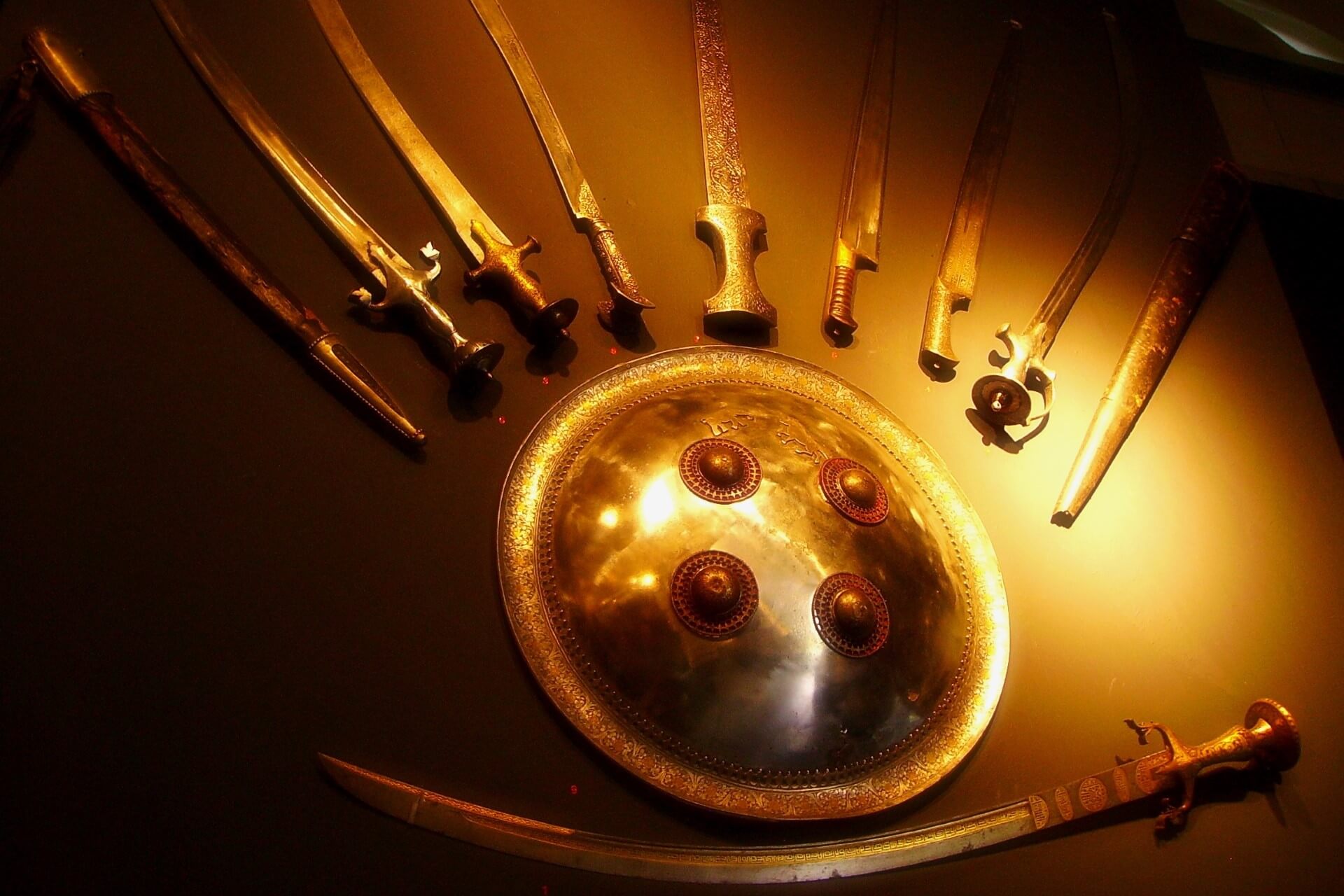
Before World War II, it had an extensive collection. However, during the occupation, it was completely destroyed or looted, and the building was destroyed. After Poland’s liberation, restoration began. In 1946, the surviving exhibition was housed in the Brühl Palace, called the Folk Culture Exhibition. However, Polish society aimed to fully restore the lost cultural object, so the search for artifacts continued.
The center received a new location for the updated exhibition: a 19th-century mansion, formerly the Credit Society. The building was also destroyed, requiring time and funds for reconstruction. Meanwhile, the lost funds returned. The updated exhibition opened in 1973.
Fryderyk Chopin Museum
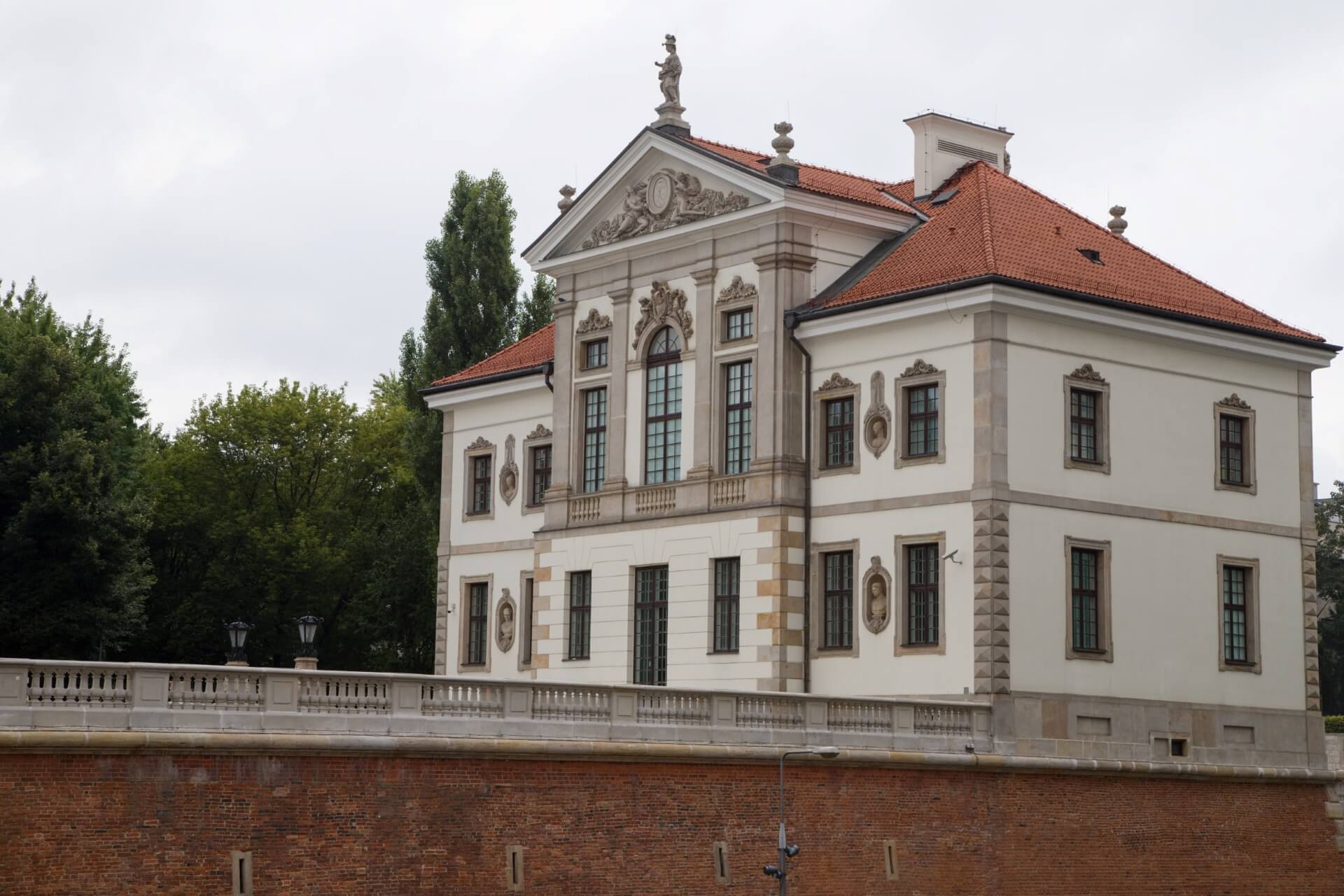
Located in the Ostrogski Palace, where the young Chopin gave his first concerts. This building was destroyed after the 1944 uprising but reconstructed after Poland’s liberation using surviving documents. The exhibition is based on materials collected by the Chopin Society, formed in the 1930s. Its members included musicians, composers, public figures, and politicians. They aimed to immortalize the memory of the composer and musician.
The society started by purchasing Chopin’s manuscripts from relatives. Over time, the organization became the Fryderyk Chopin Institute. Before World War II, a significant collection of photographs, personal items, sheet music, and letters was gathered. The institute ceased operations during the occupation. In 1954, a permanent exhibition was created. In 2010, the Ostrogski Palace was restored again, its territory cleared and beautified, and the exhibition supplemented with interactive screens. Today, the complex is one of the best museums in Warsaw.
Polish Vodka Museum
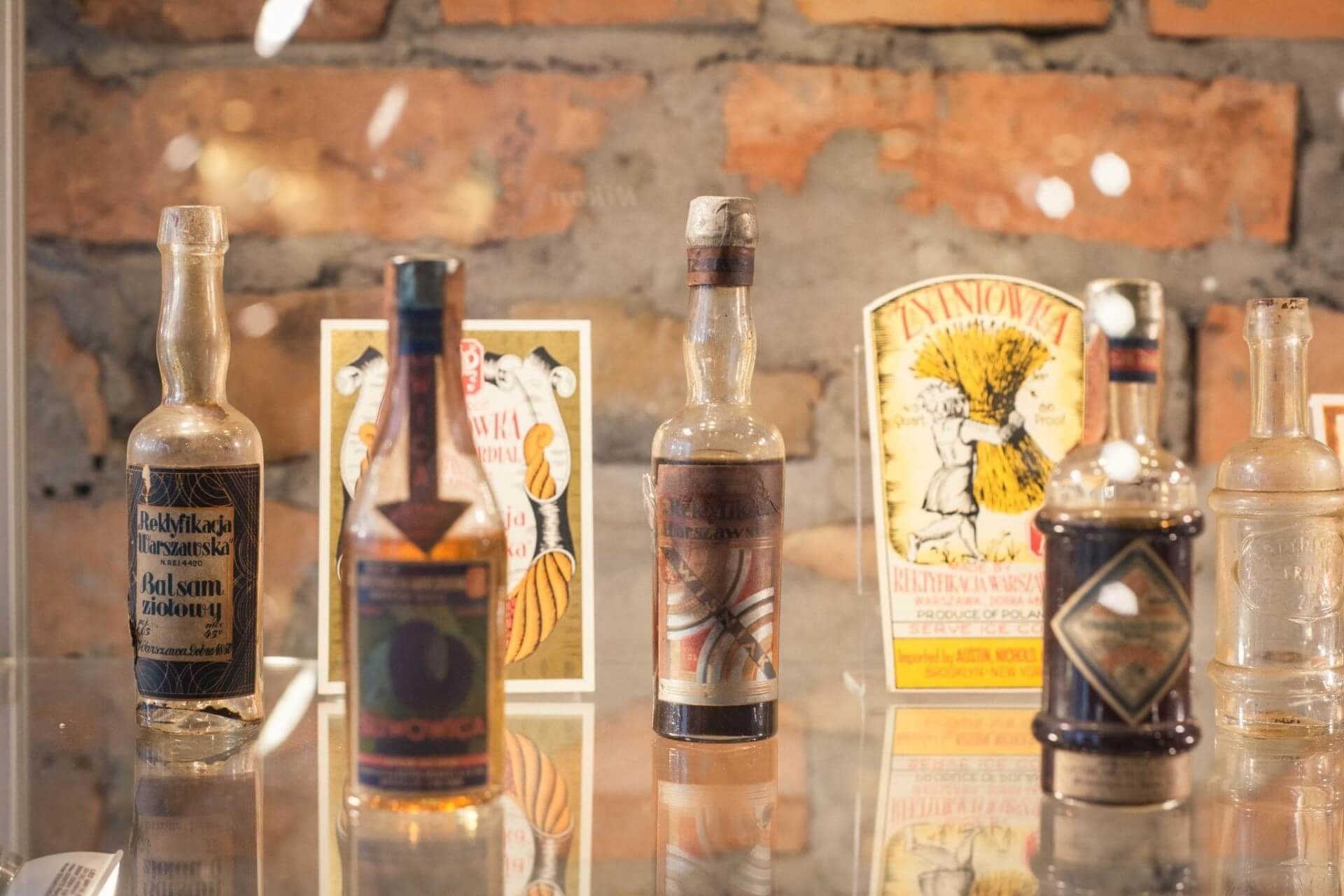
Opened in 2018. The exhibition is housed in the Koneser factory building, where vodka recipes that gained worldwide fame were created. The exhibition tells visitors about:
- The unique equipment of Jan Pistorius, which produced 85% alcohol
- Vodka drinking traditions in Poland
- Old recipes
- The first vodka factories in Poland
- The price of a glass of the fiery drink
Tourists can watch a film about the evolution of vodka production and vodka masters. The screening takes place in a cinema hall with seats from the Comedia cinema. The highlight of the tour is a tasting of drinks made using traditional Polish recipes. You can taste vodka made from potatoes, rye, and barley. After the tasting, guests can dine at the café located in the center. It is essential to remember that due to the nature of the event, only citizens over 18 are allowed to visit.
Warsaw Praga Museum
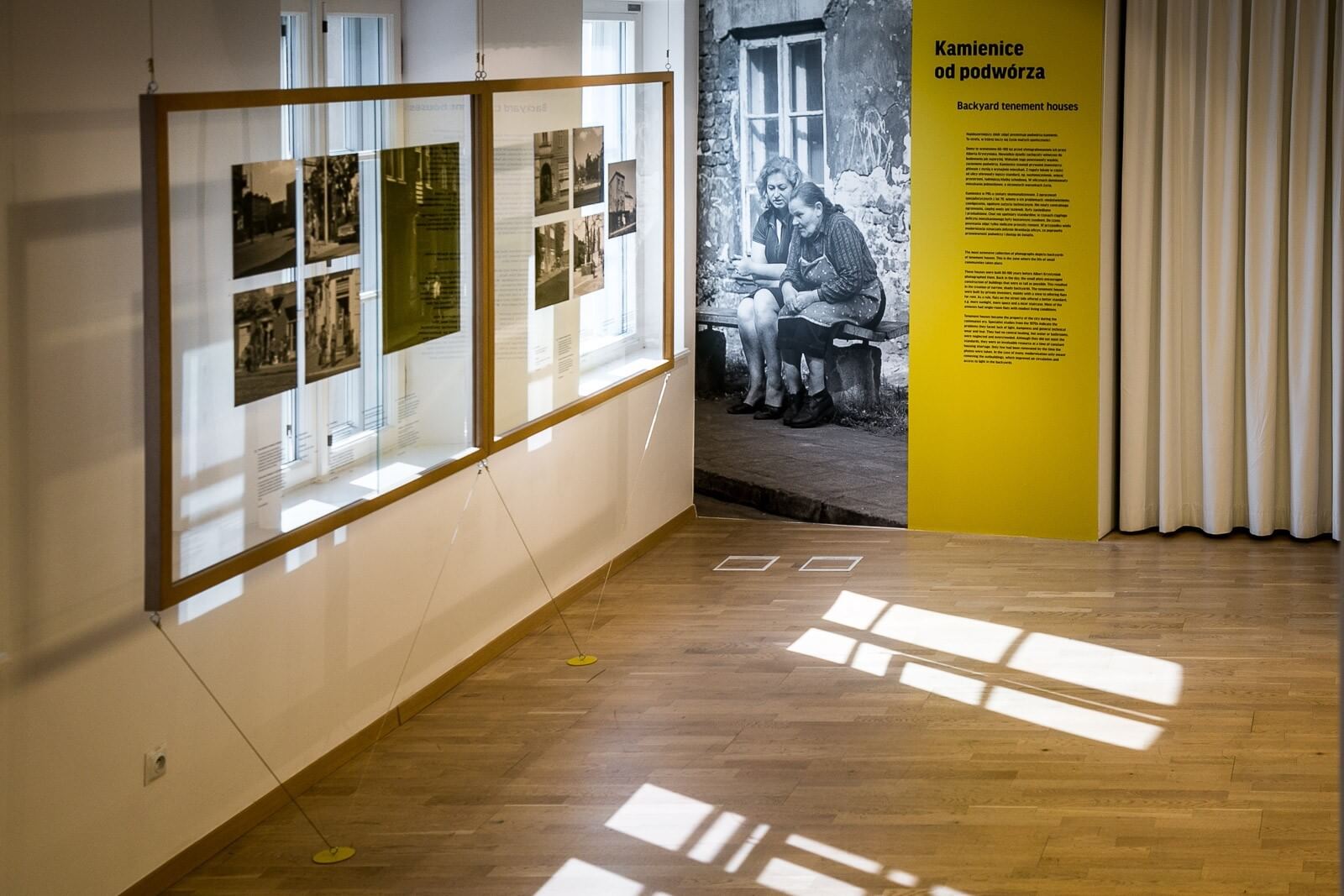
The left bank of the Vistula River in the 15th century was densely forested. But then part of it was burned, and a village called Praga (from the Polish “prazus”—to burn) appeared on this site. Later, the village became part of the city. After the 1944 uprising, the historical center of Warsaw was destroyed, but Praga was almost untouched. Today it is an open-air museum.
On narrow streets, old buildings are marked with plaques with the names and occupations of their owners. Here tourists will see the Różycki Market, which has retained its former charm. The building of the Church of St. Mary Magdalene, built in the 19th century, has been preserved. The Koneser vodka factory, housing a popular exhibition, is located here. Warsaw Praga is loved by Polish and foreign artists, inspired by its old-world atmosphere.

